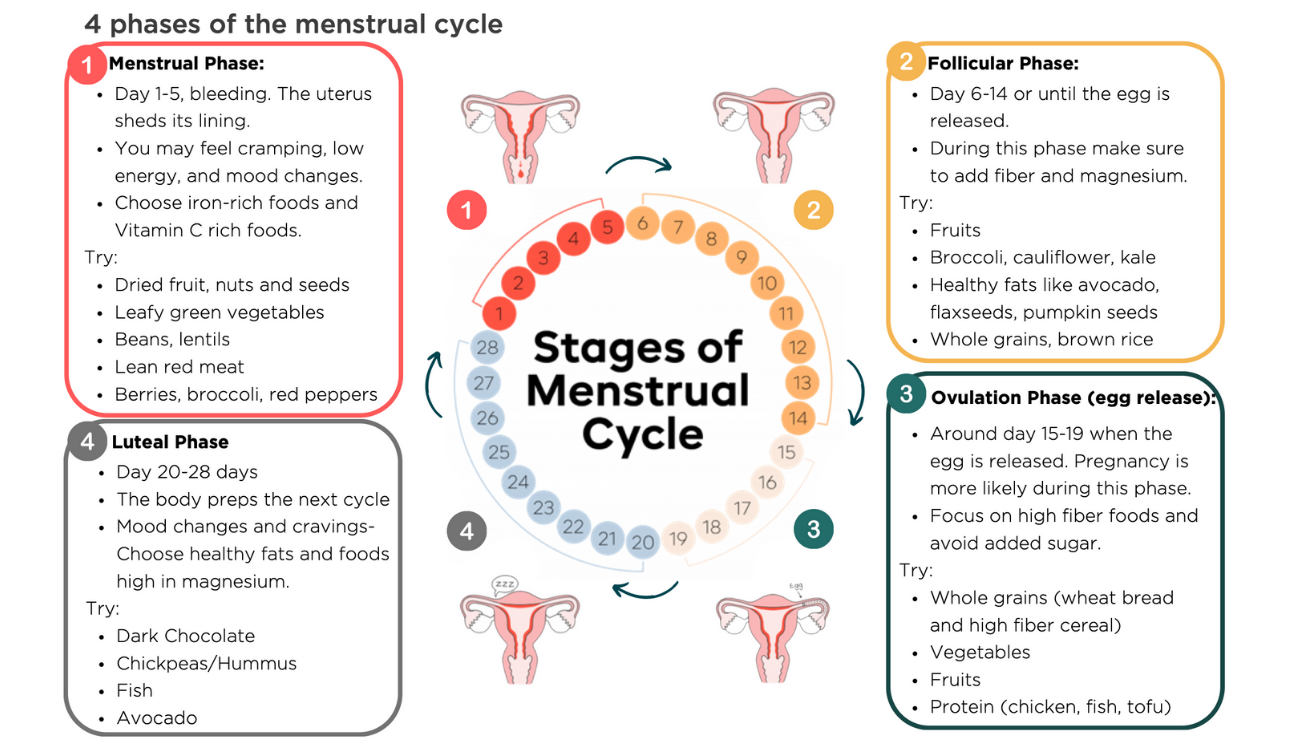With fall nearing us on the horizon, this is a time of year when it feels right to start new routines and habits.
It might be a good time to re-focus on healthy lunches and snacking for you and your family too! We know figuring out a variety of meals and snacks can be hard, and there are lots of factors to eating too: hunger, boredom, portion sizes, timing, convenience, and much more.
Use these tips to help guide you to a balanced rhythm for lunches and snacks:
- Eat when you feel hungry, not when you feel bored. Put away your work/phone for a few minutes while you eat to avoid mindless eating. When you’re not paying attention to how much you’re eating, it’s very easy to overeat.
- Get creative with meal and snack time. Make them interesting and fun! Try to include crunchy and chewy foods for variety (see ideas attached).
- Prepare and portion out your snacks and meals at home. Bring lunch and snacks with you each day. Preparing beforehand will help you avoid reaching for junk food when you feel hungry…. and it saves A LOT of money too!
- Make your snacks and meals with protein to avoid a blood sugar spike and crash.
Try these simple, low-calorie snacks to give you some energy on the go:
-
- Celery with peanut butter
- Carrots with hummus
- Cherry tomatoes with string cheese
- Peanut butter and apple slices
- Pita pocket with light cream cheese, sliced cucumbers and tomatoes
- Nutty energy mix: mix 1 cup of low-sugar/high-fiber cereal, ½ cup unsalted nuts, and ¼ cup of raisins. Or try unsalted sunflower seeds, almonds, & dried apricots.
You can also try our nutritionist-approved Lunch and snack Planner.
Print the grid and snack/meal suggestions to plan what to bring for lunch/snacks from home during the work week.
This makes a great activity to do with kids for back-to-school too!

